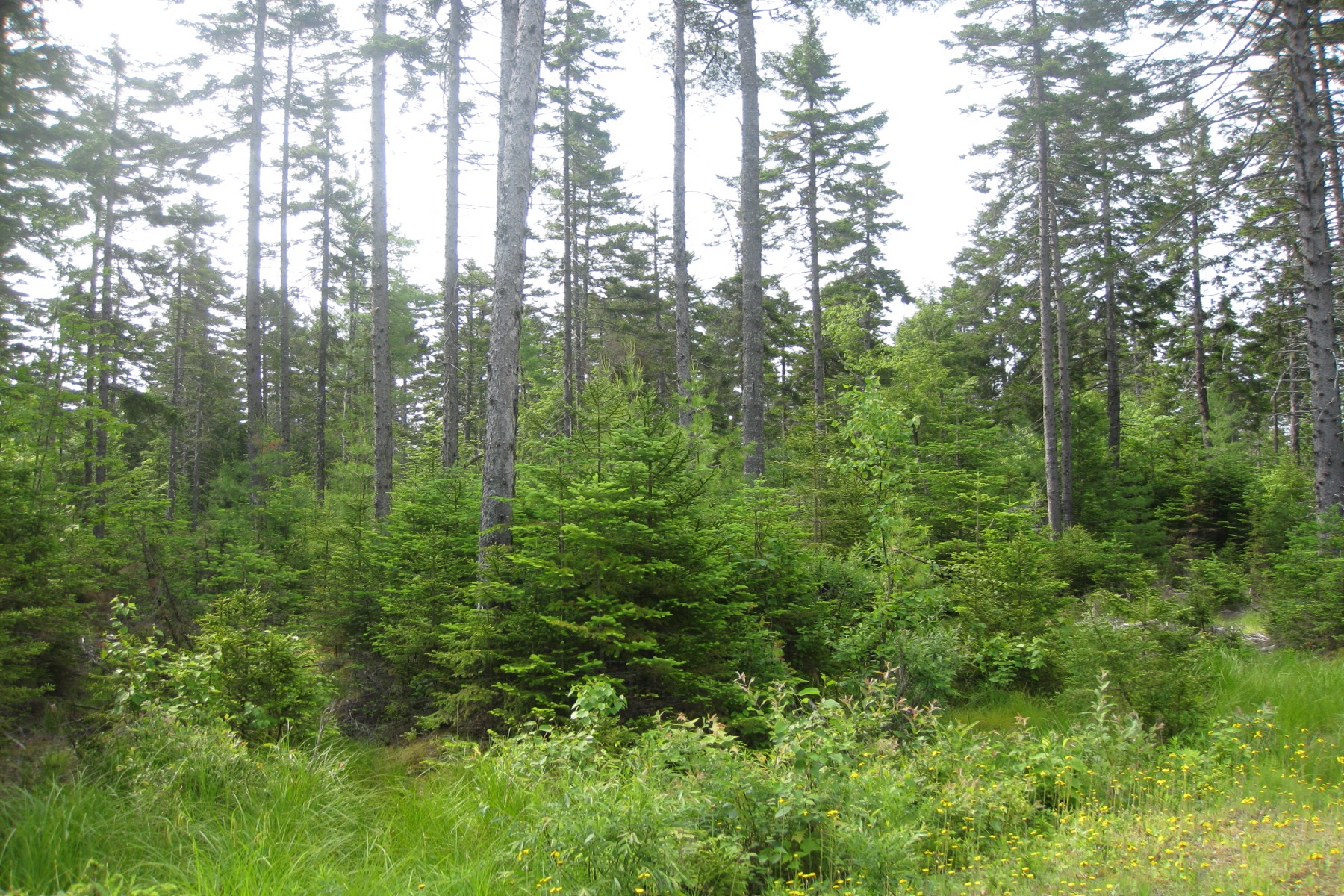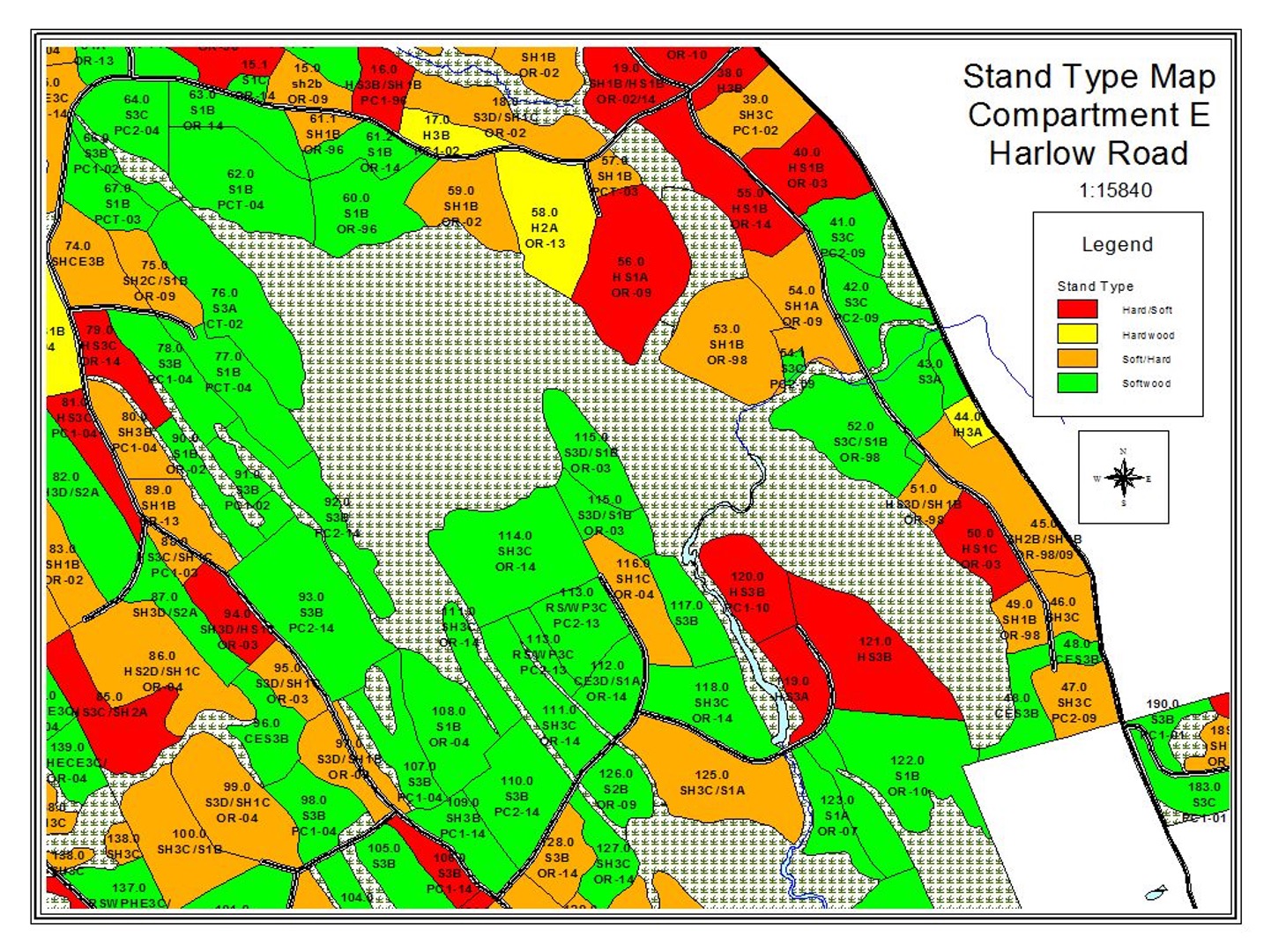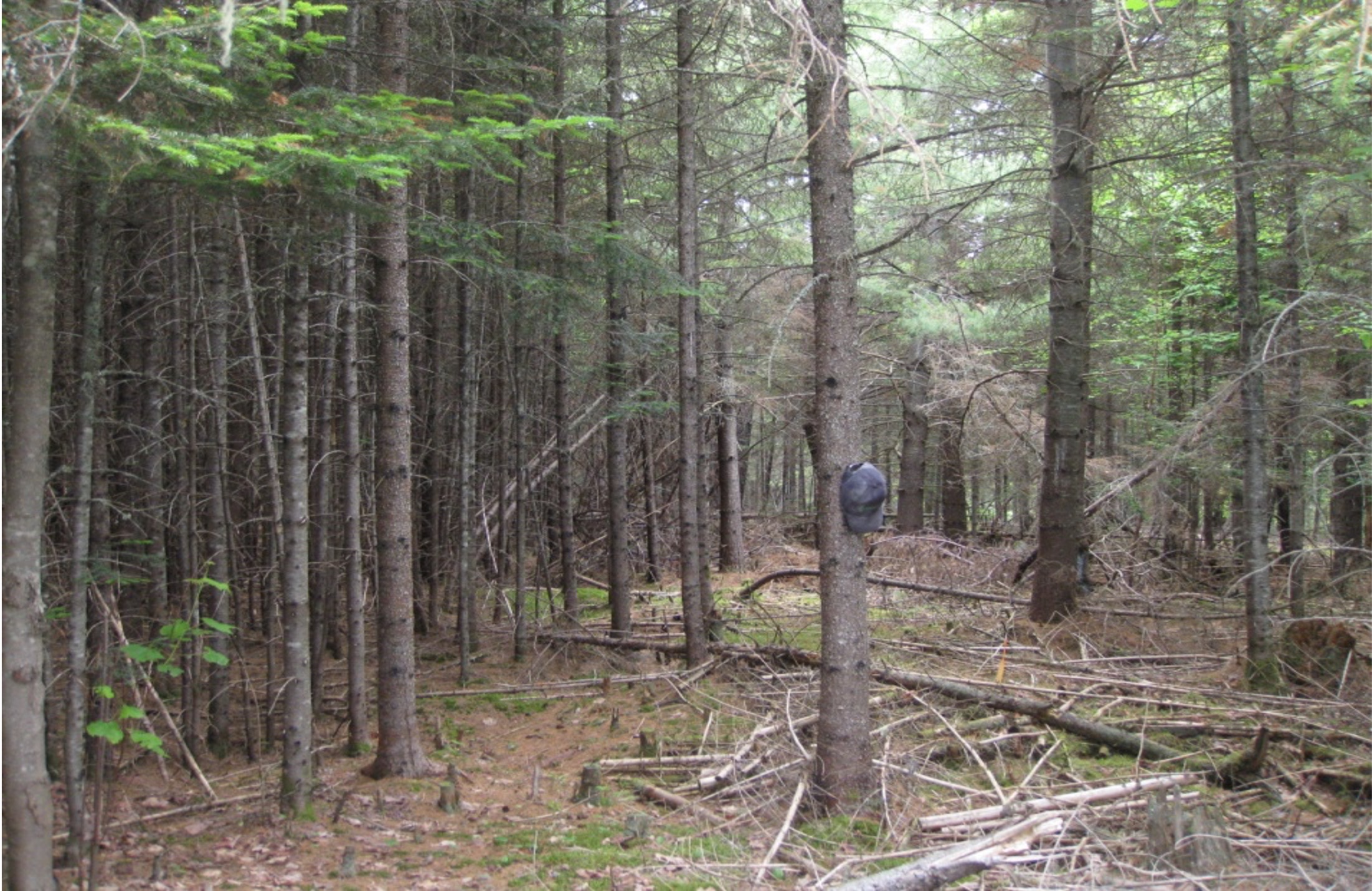Secondary tabs
Submission information
Baskahegan Lands

The goals of this project are to encourage future productivity, promote high-value timber porduction, and protect environmental and ecological integrity while enhancing recreational aesthetics. This has been done by performing the shelterwood system, with pre-commercial thinning. Silviculture over the past 40 years has proven to be successful.
Site Location
Brookton, Maine
The Baskahegan Lands surround Baskahegan Lake of Maine's Washington County.
45.5274133
-67.763958
This site is accessible by foot and road-legal vehicles on gravel surfaces, but are restricted by time and season. Snowmobiling is allowed, but ATVs are not permitted at all.
+1 207-448-2224
Stand Information
50,000
Spruce-fir
Spruce-Fir-Northern Hardwoods Forest
Baskahegan Lands has successfully balanced all ages of development on oldest ownership.
1980's
Baskehegan Land chairs first explored the land in the 1980's.
Pre-treatment Conditions
The lands were exploited heavily in the early 1900s. The forest was completely depleted of value by 1927. The forest was not harvested again to any significant amount until the 1960s. From the 60's to the early 80's, there were a series of stumpage contracts. From 1984 to the present day, Baskahegan Lands has been managing their own land with their own staff.
Picea rubens (red spruce)
25%
Abies balsamea (balsam fir)
12%
Pinus strobus (eastern white pine)
12%
Silviculture Prescription
Baskehegan Lands' goals are to encourage forest productivity for high-quality timber, encourage recreational activity, and protect the ecological integrity and environment of the forest. They pride themselves in using smart, sustainable forestry that does not just focus on timber profit. They also allow several recreational activity to do on their land and strive to protect the wildlife on the property. Data has shown within 50 years, the success of the land will continue. This allows for more timber productivity, but also for increased wildlife habitat, and a better grasp on recreational opportunities and aesthetics.
Silviculture is used for species composition, density, and timber quality. Forest health is a major consideration for treatment objectives, and trees that are prone to disease, weak, or unhealthy are felled before any others. The shelterwood system and pre-commercial thinning prescriptions are used to help promote the health of the ecosystem.
The primary objectives of Baskahegan Lands are to produce high-quality timber while building sustainable forests for future ecological, economical, and recreational success.
The establishment cut = the removal of approximately 40% of relative density, retaining dominant red spruce and pine. Partial release #1 = the release of regeneration by spacing dominant red spruce and pine on approximately 20x20 foot spacing. Overstory removal = the removal of all the remaining trees to fully release regeneration. Pre-Commercial Thinning = follow up with pre-commercial thinning of regeneration, depending on composition, density, and site quality.
shelterwood
- forest health
Cut to Length Processors
Post-treatment
Miscellaneous
Statistics
Contact Information
Kyle Burdick
Baskahegan Lands
Supplementary Content

